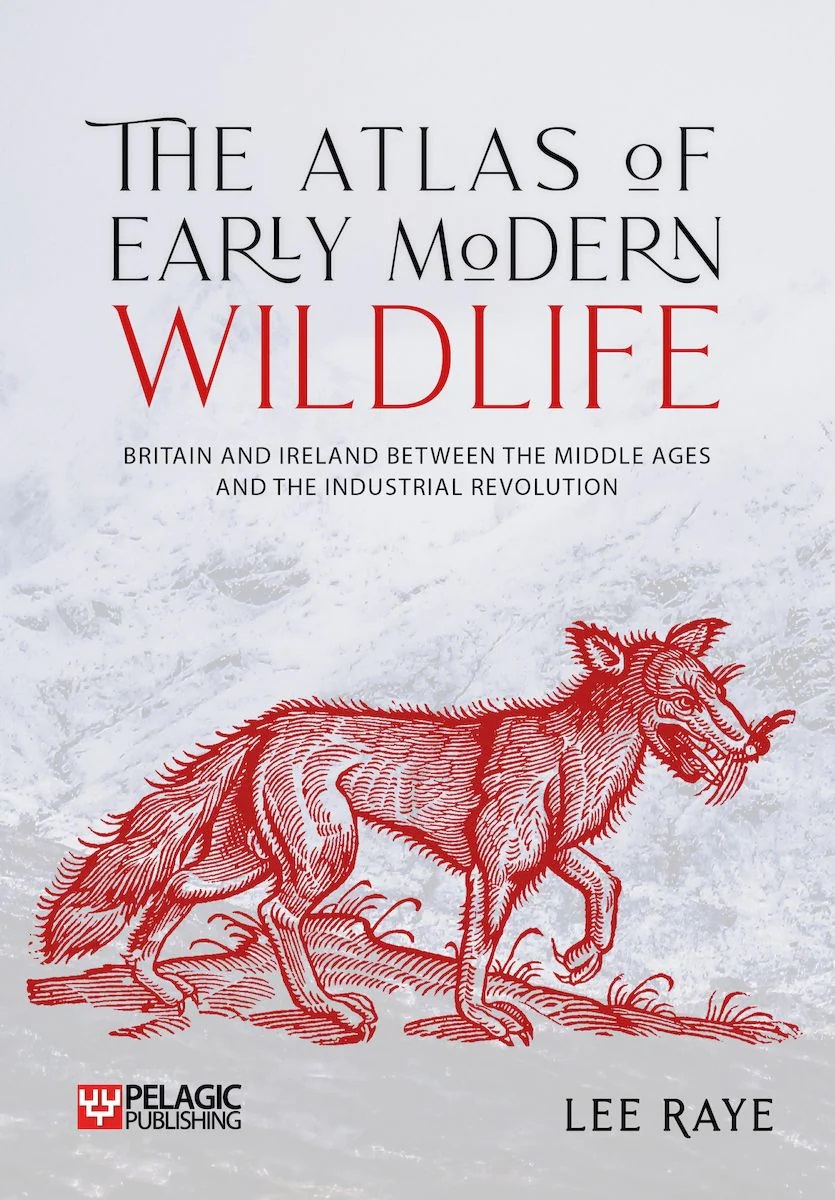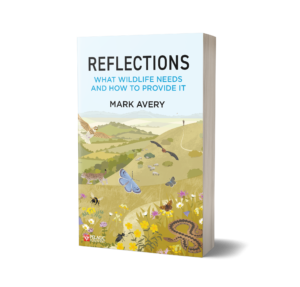
I’ve been looking forward to this book for ages. It arrived yesterday and thanks to a rainy day I was able to spend much of yesterday (and some of today) getting to grips with it. It was worth the wait.
I tend to think of the early modern era as involving The Beatles but here we are considering the period 1519-1772. So the terms of reference are between 500 and 250 years ago. What was the state of the British Isles’ fauna then? And how does one get a grip on it?
There are relatively few written accounts of wildlife and those that were written and were handed down use a variety of names for species (in several languages) which adds to the confusion, or at least to the doubt. One of the striking reminders of these difficulties is that the species accounts have contemporary illustrations (the birds are from Ray’s Ornithology of 1678) and many of them show species that are almost unrecognisable. If the naturalists of the late seventeenth century thought that Grey Plovers, Snipe and Great Northern Divers looked like that, then I’d be a bit sceptical about their records.
I was delighted to see that my adopted county was quite well documented compared with many others, by Morton’s 1712 The Natural History of Northamptonshire, a work into which I have dipped in the past – I must revisit it.
The species accounts cover a wide variety of mammals (including cetaceans but no bats), 55 bird species (few passerines), a lot of fish (of course, we eat them!), reptiles and amphibia and lots of (mostly edible) molluscs with a few (mostly edible) crustacea and echinoderms. Every species is interesting – I challenge you to predict what the maps look like, and accounts say, in advance of looking at them. What would you expect from the species accounts for Wolf and Sperm Whale, Corncrake and Pheasant, Salmon and sturgeons, Common Toad and Adder, Oyster and Freshwater Pearl Mussel, Lobster and White-clawed Crayfish?
The tone of the book is serious with statistical tests being mentioned (but not shoved down the reader’s throat) and an appropriate amount of description about how the data were collected and analysed. This is a work of scholarship and I for one am very grateful that they carried out all this work and presented the results so clearly.
It’s fair to ask, though, in retrospect, is there enough here to be definitive and conclusive? I don’t really think so but that isn’t the author’s fault – we can only address the records that have come down the centuries to us. I looked at a lot of the maps and thought ‘They must have been everywhere back then’ and although I may be wrong, those thoughts make one wonder. Treat these records as the tips of possibly much bigger icebergs. They are very interesting but very very tantalising.
For quite a few birds I was doubtful about the veracity of the original sources and there is the difficulty that it was often unclear whether the original source was concerned with breeding or wintering records which makes quite a lot of difference to White-tailed Eagle records and those of some other species, such as Lapwing.
The accounts for mammals, fish and molluscs were my favourites. Anything we eat or which might eat us or our crops/livestock is likely to be of interest to the contemporary writers and these are probably better data than for many other species. And they really are fascinating.
The cover? Yes, it’s quite cool and striking. I’d give it 9/10.
The Atlas of Early Modern Wildlife: Britain and Ireland between the Middle Ages and the Industrial Revolution by Lee Raye is published by Pelagic.

My book, Reflections, was published this week.
Details – click here and read what others think about it.
[registration_form]